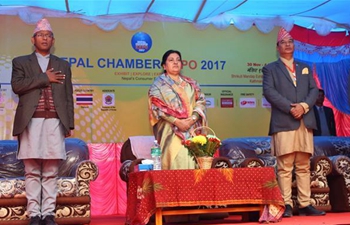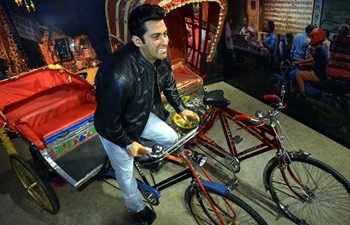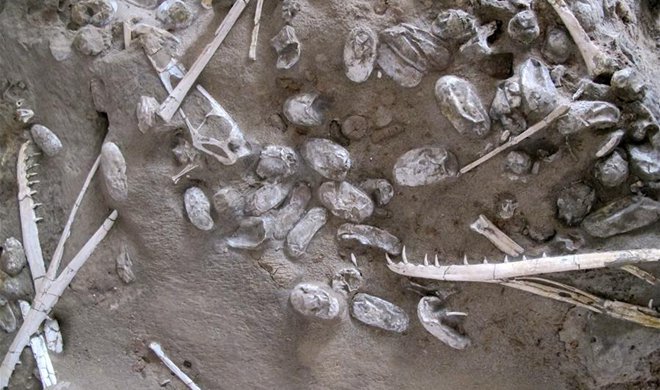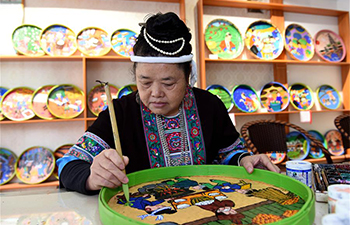SYDNEY, Dec. 1 (Xinhua) -- Australian scientists have developed a system to establish a child's risk of suffering a leukaemia relapse based on missing DNA fragments.
The international research, led by the Children's Cancer Institute in New South Wales (NSW), found that searching for gene "microdeletions" provides doctors with a better indication of patient risk than current approaches.
Rosemary Sutton, leader of the study, said in a media release on Friday that her team developed a new test which builds on an existing bone marrow test, the minimal residual disease (MRD) test, that warned doctors early when treatment was not working.
Researchers studied 475 children from hospitals in Australia and New Zealand with B-cell precursor acute lymphoblastic leukaemia (BCP-ALL), the most common type of childhood cancer with a survival rate of approximately 90 percent.
"For the standard to medium risk group, we needed more information to get a better handle on the biology of the child's cancer to better determine their risk," Sutton said.
"So, we supplemented MRD results with two other pieces of patient information, the presence or absence of specific gene microdeletions and a score called the NCI (National Cancer Institute) risk, based on age and white blood cell count.
"We tested for microdeletions in nine genes involved in leukaemia and found that two of the genes, IKZF1 (called Ikaros) and P2RY8-CRLF2, were important predictors of relapse."
Researchers used this information to assign every patient a risk factor ranging from "0" (no risk) to "2+" (several risk factors). Children assigned a factor of "2+" were most likely to relapse or die within seven years of treatment starting.
The system was tested by researchers in the Netherlands who validated that it works.
If adopted by the medical industry, children with higher risk factors would receive more intense treatment.
Toby Trahair, co-author of the paper, said the scoring system could make a big difference to the success of childhood leukaemia treatment.
"We are always trying to improve how we diagnose and treat children with this most common childhood cancer. This risk score will mean doctors can fine tune a child's risk category and so fine tune their treatment," Trahair said.
"It will mean more kids can conquer this horrible disease, which only 50 years ago had survival rates of close to zero."

















